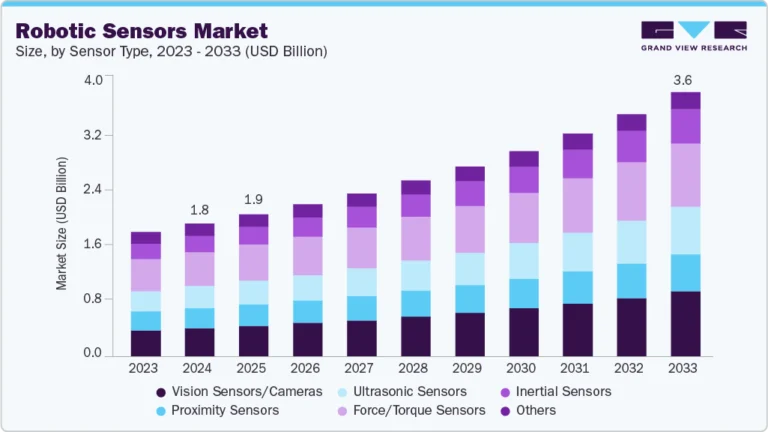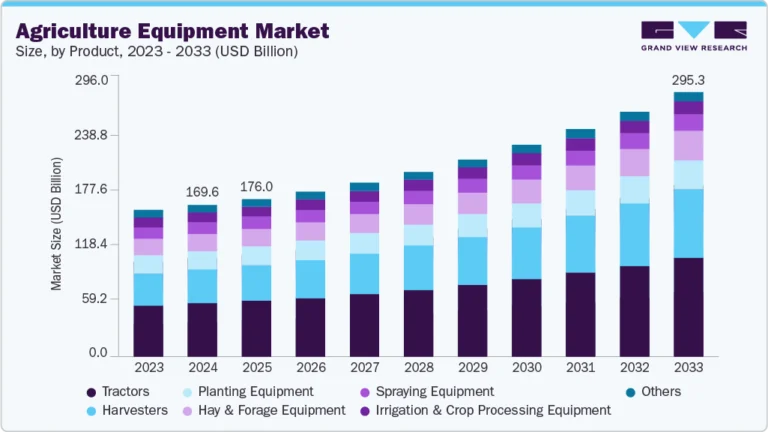Bioenergy With CCS Market Size, Share & Trends Analysis growing at a CAGR of 19.84% from 2024 to 2030

The global bioenergy with CCS market size was estimated at USD 210.68 million in 2023 and projected to grow at a CAGR of 19.84% from 2024 to 2030. The primary driver for the bioenergy with carbon capture and sequestration (CCS) market growth is the global push to combat climate change and achieve net-zero carbon emissions. Governments and organizations are increasingly committing to stringent carbon reduction targets, and BECCS presents a unique solution.
Request a free sample copy or view report summary: https://www.grandviewresearch.com/industry-analysis/bioenergy-ccs-market-report/request/rs1
Drivers, Opportunities & Restraints
Carbon pricing mechanisms, such as carbon taxes, cap-and-trade programs, and credits for negative emissions, provide financial incentives for BECCS adoption. These policies reward companies for reducing emissions, making BECCS a cost-effective option, especially for industries struggling to decarbonize, such as power generation, agriculture, and heavy industry. Governments also offer subsidies, tax breaks, and grants for BECCS projects, lowering the financial barriers to entry and driving market growth.
The recent advancements in carbon capture and bioenergy technologies have made BECCS more efficient and economically viable. Innovations in CO₂ capture techniques, transport infrastructure, and storage solutions are reducing the costs of implementing BECCS, making it a more attractive option for energy producers and industries seeking to lower their carbon footprint. Improved efficiency in biomass conversion processes also enhances the energy yield, making BECCS more competitive with other renewable energy sources.
One of the key opportunities in the BECCS market lies in expanding bioenergy sources from sustainable feedstock. The use of agricultural waste, forestry residues, and organic municipal waste can enhance the sustainability of bioenergy production. This creates opportunities for countries and companies to develop localized BECCS solutions that align with circular economy principles, while generating clean energy and contributing to carbon sequestration goals.
The high upfront costs associated with implementing BECCS, including investment in carbon capture technology, transportation, and storage infrastructure, pose a significant restraint. Even with technological advancements, the economic viability of BECCS is often questioned due to the substantial capital and operational expenses required. Without sufficient financial incentives, subsidies, or carbon pricing mechanisms, companies may find it difficult to justify the investment in BECCS projects.






